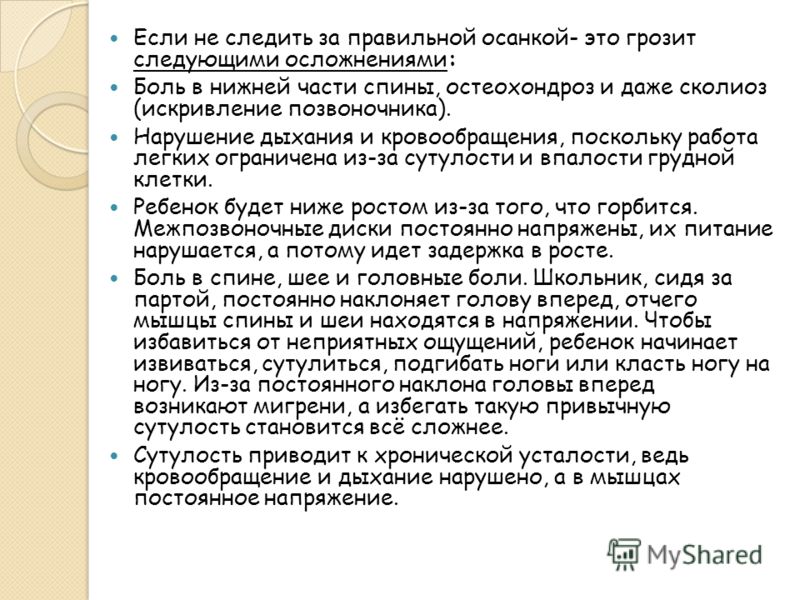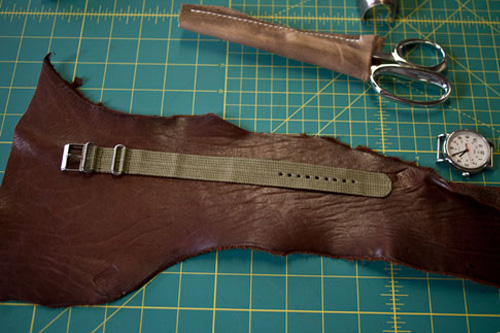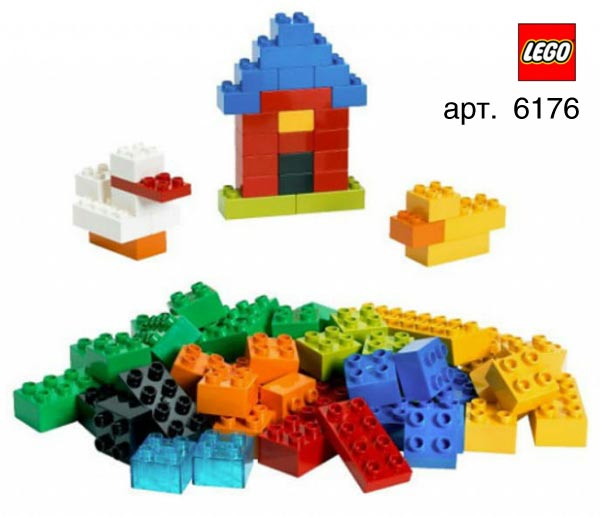How to choose an acrylic paint brush?
Acrylic brushes are different. The nylon brush proved to be the best, but it is not suitable for all types of work, therefore it cannot become the only one in the artist's arsenal. Before buying a particular brush, you should figure out if it is suitable for acrylic and for the specific features of a particular artist.
 Before buying a brush, you should figure out if it is suitable for acrylic
Before buying a brush, you should figure out if it is suitable for acrylic
Brush shapes
You can work with acrylic with a tool of any shape, but each of the brushes is capable of performing a certain amount of work while painting. It is very easy to spoil the picture if you choose the wrong shape of the brush for certain strokes.
- Round. This tool is considered universal, suitable for any paints and techniques. They can be used to draw details or fill, depending on the number of the brush. The round shape is achieved by enclosing the pile in a rounded cage.
- Flat. To create this shape of the brush, a flat clip is used. Brushes can be wide and narrow, long and short. They are convenient to use for painting large areas of the picture with plain paint, including acrylic.
- contour. The shape of these brushes is similar to flat, but the tuft of pile is shortened and wider, which makes strokes easier to control. It is also convenient to create color brushes with contour brushes.
- Brush in the shape of a cat's tongue. The shape of such an instrument resembles a dome or an oval. It is considered a compromise between round and flat brushes, as it leaves different strokes depending on the position. For beginners, the tool is not suitable, since its use requires some skill.
- Linear. To create such a brush, a long pile is taken, and the thickness of the tool is very small. The brush is more suitable for inscriptions or very thin, small details.
There are several other types of brushes, such as stencil or type, but they are much less suitable for painting acrylics than those described above.
Types of brushes
Both hard and soft brushes are suitable for painting with acrylic paints. Each has its own advantages and disadvantages and is used in certain techniques.
 To work with acrylic paints, you can take both hard and soft brushes.
To work with acrylic paints, you can take both hard and soft brushes. Soft brushes
Such tools, which are mostly made from natural materials, hold paint well and are suitable not only for acrylic, but also for watercolor and gouache. Artists use them to apply thin, neat lines or to depict translucent tones. With a soft brush it is convenient to draw small details.
The best natural, soft brush is sable. However, acrylic paints easily spoil this type of pile, so it is not recommended to use it. An alternative is a tassel made half sable, half synthetic material. Well, a cheaper and more common alternative is a synthetic brush.
Hard brushes
In addition to weightless layers, acrylic paint is used to apply thick strokes. Acrylic can be used to apply various relief and rough techniques, which require hard brushes that hold a lot of paint, and the strokes are clearer.
A brush for painting with acrylic should not only be hard, but also elastic and flexible enough so that the strokes are even and do not spoil the picture.
Modern painting tools meet the required characteristics and are made of synthetic materials. Depending on the techniques used by the artist, a hard brush can be large or small, have a different width and length of the handle.
Brush sizes
To determine what sizes of brushes are needed for a particular style of acrylic painting, you need to gain some experience. When choosing a brush number, you should take into account the fact that the numbering may differ from manufacturer to manufacturer, therefore, having found the best option for drawing, you should buy tools from only one company.
Numbering of brushes starts from one and goes up to 16 (sometimes 14). The thickness of the stroke increases accordingly. However, the difference between the brushes is not only in the width, but also in the length of the handle. Soft tools are shorter, hard tools are longer, which allows you to draw at some distance from the canvas and better evaluate the picture.
 Soft brushes are shorter than hard brushes because they are painted last some distance from the canvas.
Soft brushes are shorter than hard brushes because they are painted last some distance from the canvas. Nylon brush
A nylon brush is considered the best option for beginner artists who prefer acrylic. It is synthetic, has many varieties of shapes and sizes.
The main advantages of a brush made of nylon bristles:
- Elasticity. The material from which the tool is made has high elastic properties, does not break when bent and is sufficiently elastic and elastic. The strokes of paint that such a brush leaves are smooth and clear. The nylon brush is easy to paint even for beginners, as it is a medium between hard and soft.
- Strength. The main problem with natural brushes in acrylic painting is the need to keep them in water. Due to this attitude, the pile falls out and deteriorates, which, however, does not apply to this synthetic brush. From a long stay in the water, the tool will not serve less, therefore it is suitable for acrylic.
- Ease of care. Due to the fact that the brush is made of synthetics, it is easy to clean it from acrylic, which is famous for its fast drying and sticking to the pile. Natural brushes are very difficult to tidy up because their texture is not as smooth as nylon. To care for such a brush, it is enough to rinse it after use with a stream of water.
It is worth noting that the nylon brush, although very good, cannot be an alternative to all other types of tools. Experienced artists, in any case, will have several other types of brushes in stock, for some specific techniques.
 Nylon brush - the best option for beginners
Nylon brush - the best option for beginners Brush care
Acrylic paint is different in that no matter what technique the artist uses and no matter how much he is fond of the process, he must ensure that the brushes do not dry out. Acrylic dries very quickly and then the tools can be considered damaged. To prevent this, you need to keep the brushes in the water while painting, which gradually spoils them, but at least does not disable them.
The process of cleaning the brush after painting:
- excess paint after work must be removed with a rag or thick paper, carefully wiping the brush on them;
- then the brush is lowered into the water, and rotational movements are made, with the help of which acrylic is removed from the pile;
- the tool is wiped with a cloth and soaped with soap;
- then the soap must be washed off, making sure that it gets between the pile and under the clip (in order for the brush to last longer, even the slightest traces of paint must be removed);
- the brush should be washed until clear water, after which it is wiped dry and the pile is left to dry (the beam should be directed upwards, and the brush must first be given the correct shape).
If the acrylic is still dry on the brush, you can try to remove it by soaking it in a special cleaner, and then carefully remove the remaining paint with a wooden toothpick, after pressing the brush against a hard surface.
In general, for, you should use synthetic brushes. The shape and size are selected individually, but for beginners it is best to purchase several standard brush options. When working with acrylic, great attention should be paid to the care of tools, as the paint dries quickly and spoils the pile.
- The latest methods of teaching traffic rules
- How to draw pictures by numbers
- Do-it-yourself home digital microscope
- How to choose the right paint for drawing
- When is the best time to sunbathe?
- What kind of bird is better to have in an apartment?
- We put an apostille on the birth certificate on our own
- Is it possible to give flowers in pots - signs
- How to make cat ears
- Gray bag: what to wear and combine?
- How to get started with Faberlic: tips for new consultants
- Bioinsecticide Lepidocid: purpose, properties and application procedure Lepidocide waiting period
- How to change the language to Russian in steam
- Dendrobium noble: room care
- Morphology of plants general concepts - document
- Planting, propagation and care of bamboo at home, photo Growing bamboo from seeds
- How to strengthen the cellular signal for the Internet in the country
- Sanskrit reveals the forgotten meaning of Russian words (2 photos)
- The oldest language Sanskrit programming language of the future Dead language Sanskrit
- Who has dominion over all the earth?







